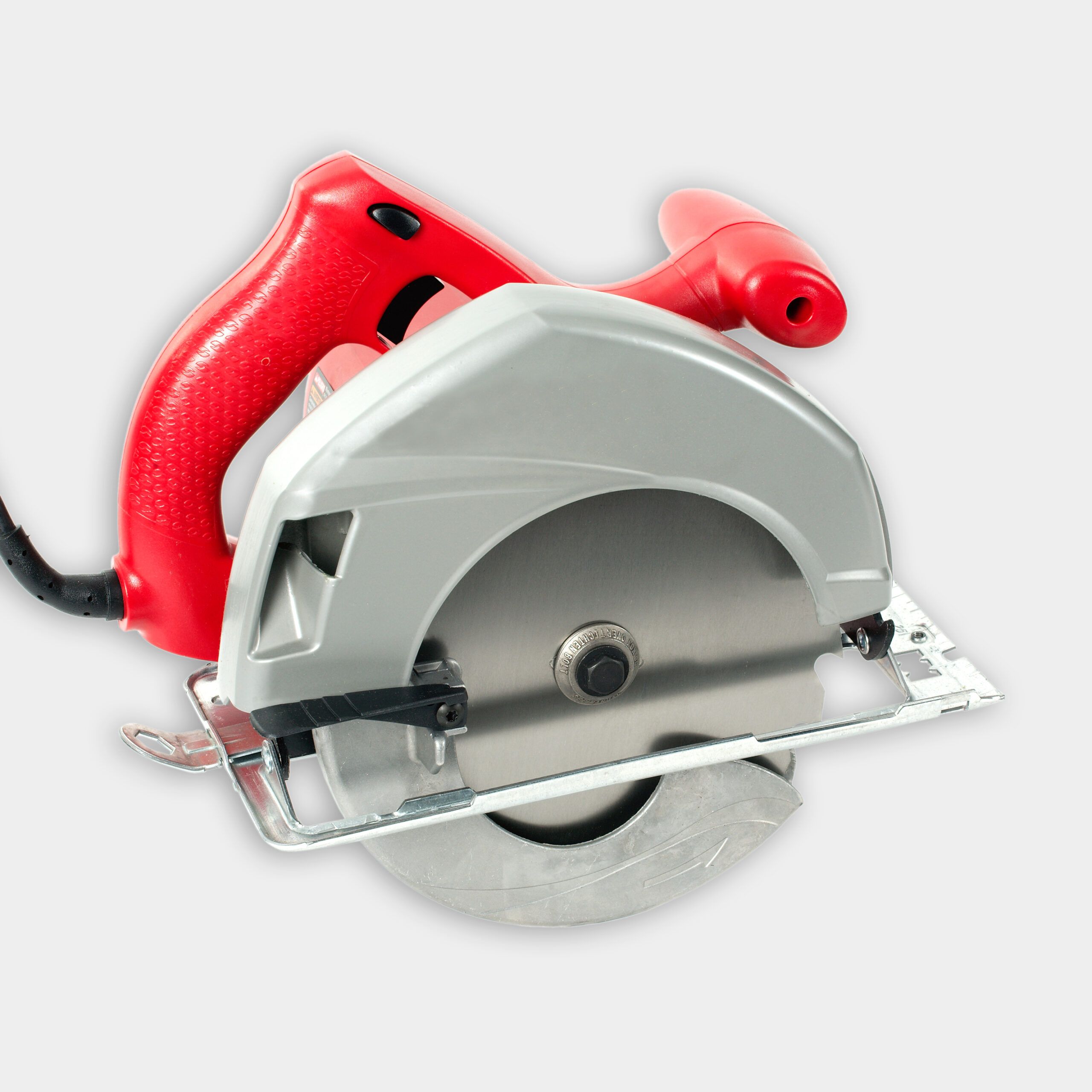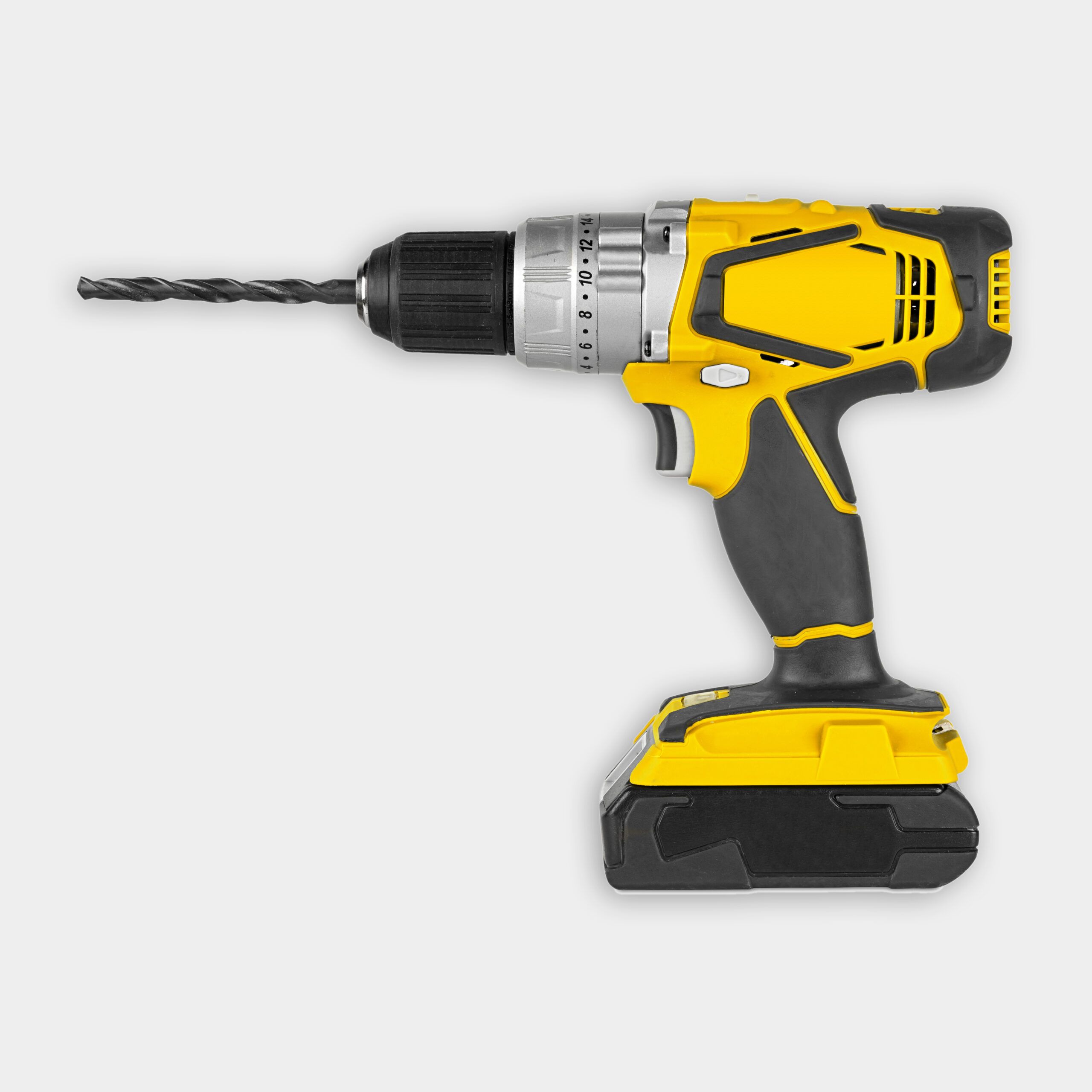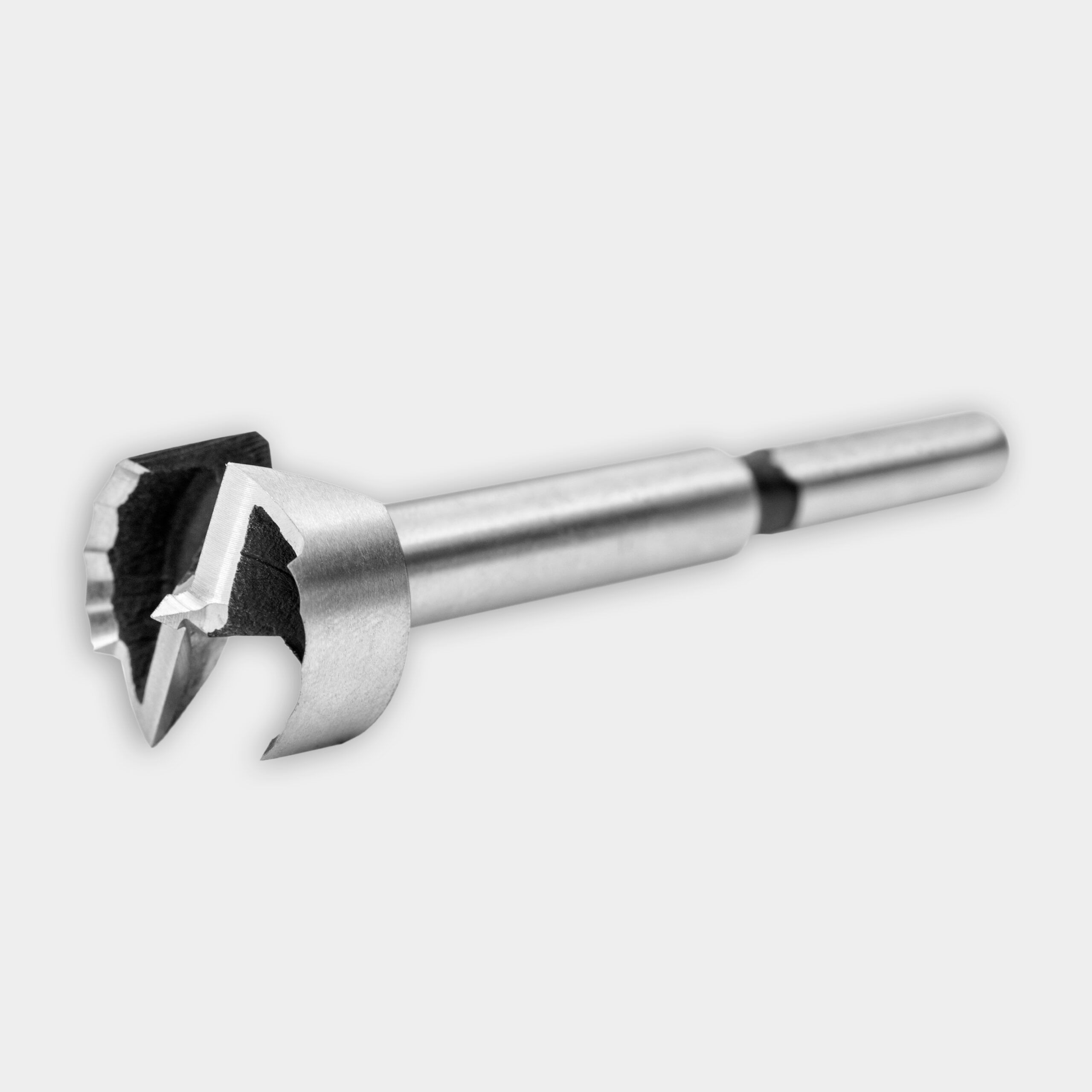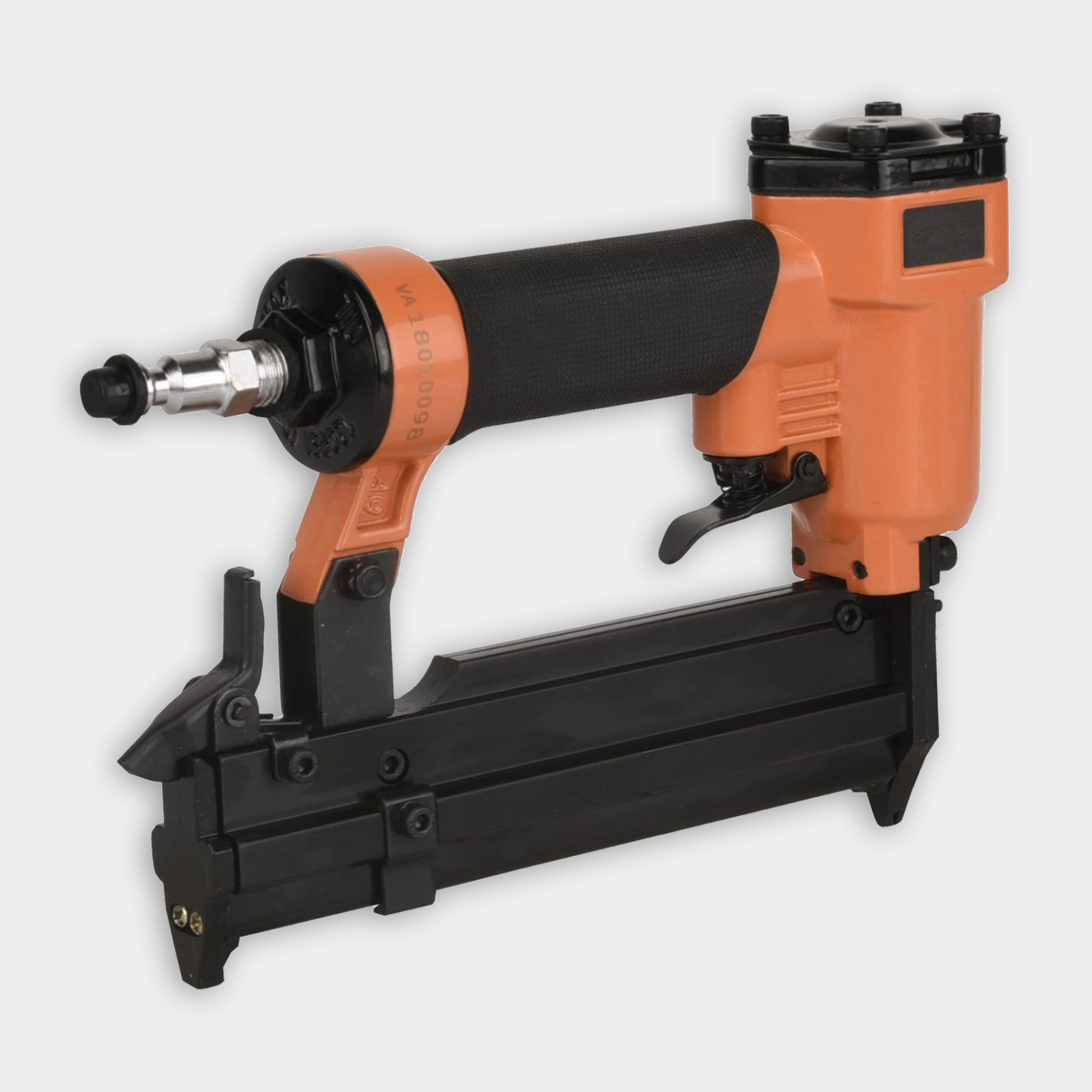When a homeowner reached out about a missing hand-turned spindle in the staircase of her 1900s Queen Anne Rowhouse, Tom Silva replicated the spiral-detailed spindles on his lathe.
He then cuts the baluster to length, installs a dowel that connects the base of the baluster with the stair tread and finishes the job by fastening the top of the baluster in place with a trim head screw.
Steps for Installing the Spindle
- Measure the length of the top of the existing balusters and transfer this mark to the new baluster. Hold the baluster in place at the railing at this mark and scribe the profile of the railing onto the baluster. Use a coping saw to cut the baluster at this mark.
- Dry-fit the spindle in place. Mark the length on the bottom of the baluster, and cut the baluster to length.
- Use a Forstner bit to drill a hole in the bottom of the baluster and a corresponding hole in the stair tread. Cut a piece of dowel to length, place it in the bottom of the baluster and over the hole in the stair tread, and fit the baluster in place. Secure it by pre-drilling and installing trim head screws before touching up the hole with the stain.
Resources
- Tom uses a circular saw to cut the spindle to length for installation.
- He applies wood glue into the existing hole of the tread and stand the baluster in place by dropping in the dowel extending from the bottom.
- Finally, at an angle, Tom uses a pin nailer to shoot two 1-inch pin nails through the top of the baluster to secure it into the handrail.
Materials
Tools
Tools & Materials




